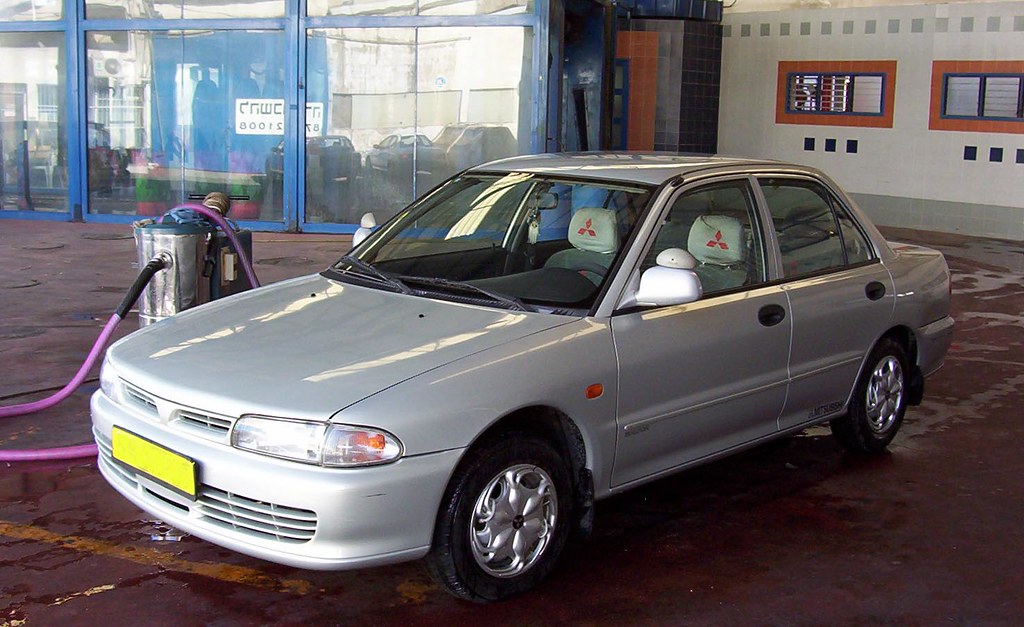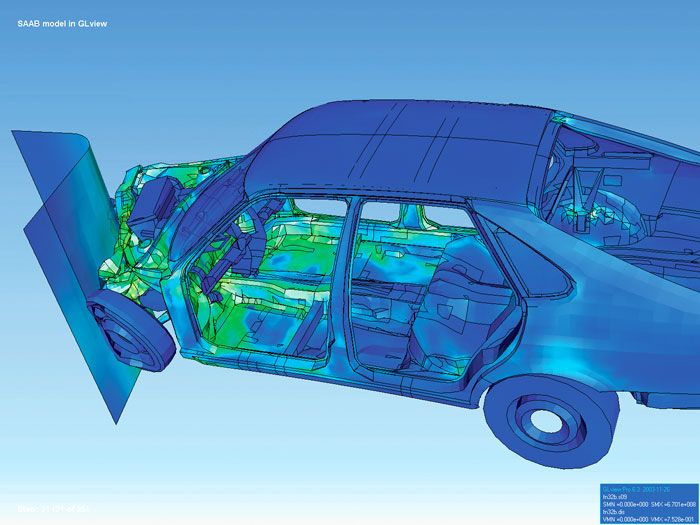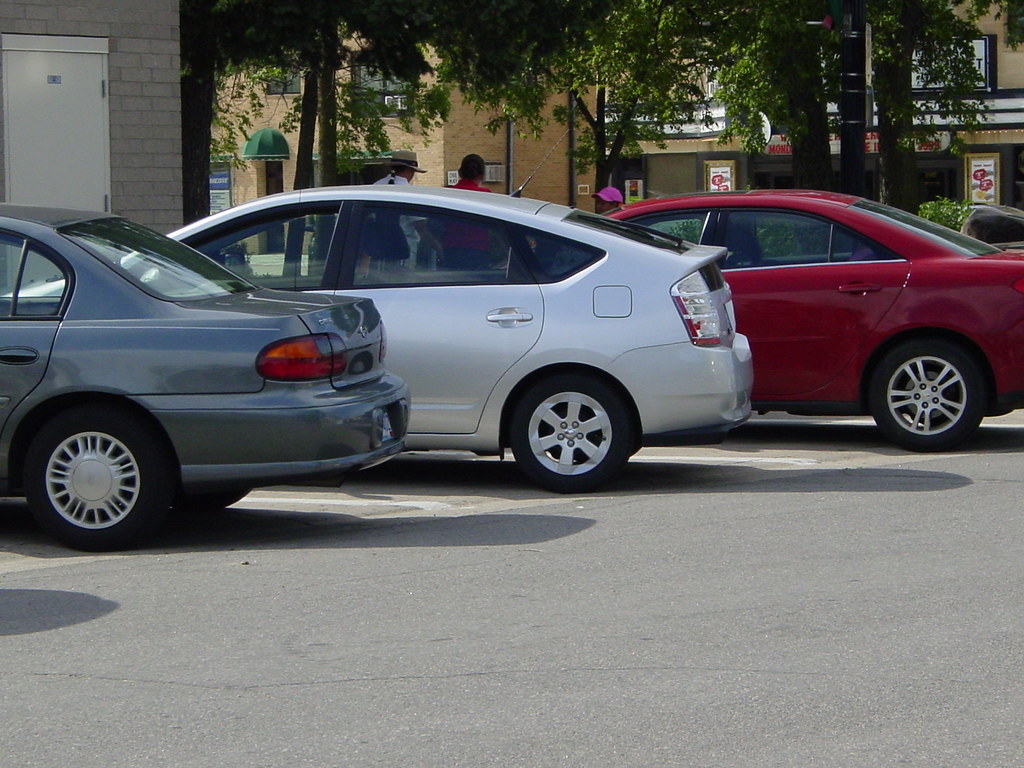
Wheels and tires form the essential link between your vehicle and the road, critically influencing safety, handling, fuel efficiency, and overall aesthetics. Given the extensive array of options, making an informed selection can be a complex challenge for many vehicle owners.
This comprehensive guide, developed from objective analysis and practical data, aims to simplify the process. We will thoroughly explore the key factors that govern wheel and tire performance, providing actionable advice to help you choose a combination that elevates your driving experience while maintaining your vehicle’s safety and integrity. Our goal is to empower you to make precise, confident decisions.
From understanding fundamental specifications to matching components to your distinct driving style, every aspect will be carefully examined. This detailed approach eliminates uncertainty, ensuring your vehicle achieves optimal performance and reflects your personal preferences with accuracy and reliability.

1. **Understanding Wheel Size: Diameter and Width**Wheel size, a primary consideration, involves two key measurements: diameter and width, both typically expressed in inches. The wheel’s diameter, often ranging from 16″ to 22″, directly impacts the vehicle’s visual stance and can significantly alter ride comfort.
The wheel’s width determines the appropriate tire width for mounting. Wider wheels generally accommodate wider tires, enhancing traction due to a larger contact patch. However, wider setups may require modifications to prevent rubbing against suspension parts or fender wells.
Choosing the right wheel size is a careful balancing act. While larger diameters and widths create a more aggressive look, they often necessitate lower-profile tires. These offer less sidewall cushioning, potentially reducing ride comfort on uneven surfaces. For an optimal blend of comfort, handling, and tire life, staying close to factory specifications is frequently recommended.
For example, an “18 x 8” wheel has an 18-inch diameter and an 8-inch width. A corresponding “225/45 R18” tire features a 225 mm width, a 45% height-to-width ratio, and fits an 18-inch wheel. Grasping these numerical details is crucial for ensuring compatibility and achieving desired performance.
Read more about: The Definitive Guide: 15 Used Cars to Steer Clear Of for Reliability, Value, and Peace of Mind

2. **The Critical Role of Offset and Backspacing**Offset is a precise measurement defining the position of the wheel’s mounting surface relative to its centerline. This technical detail dictates how far the wheel sits within or protrudes from the vehicle’s fender, impacting both aesthetic stance and functional clearance.
Positive offset wheels tuck the wheel deeper into the wheel well, positioning the mounting surface closer to the outward part of the fender. Conversely, negative offset wheels push the wheel further outward, placing the mounting surface nearer to the suspension components. A zero offset aligns the mounting surface perfectly with the wheel’s centerline.
Backspacing, related to offset, measures the distance from the mounting surface to the wheel’s rear edge. Correct offset and backspacing are essential to prevent the wheel and tire assembly from rubbing against suspension elements, brake calipers, or fender liners. Such interference can lead to premature wear, affect handling, and create unsafe driving conditions.
Incorrect offset can also alter the vehicle’s scrub radius, which influences steering feel and suspension geometry. Consulting a professional for precise offset calculations is highly advisable when deviating from OEM specifications. Optimal offset is paramount for maintaining vehicle integrity and preserving handling characteristics.
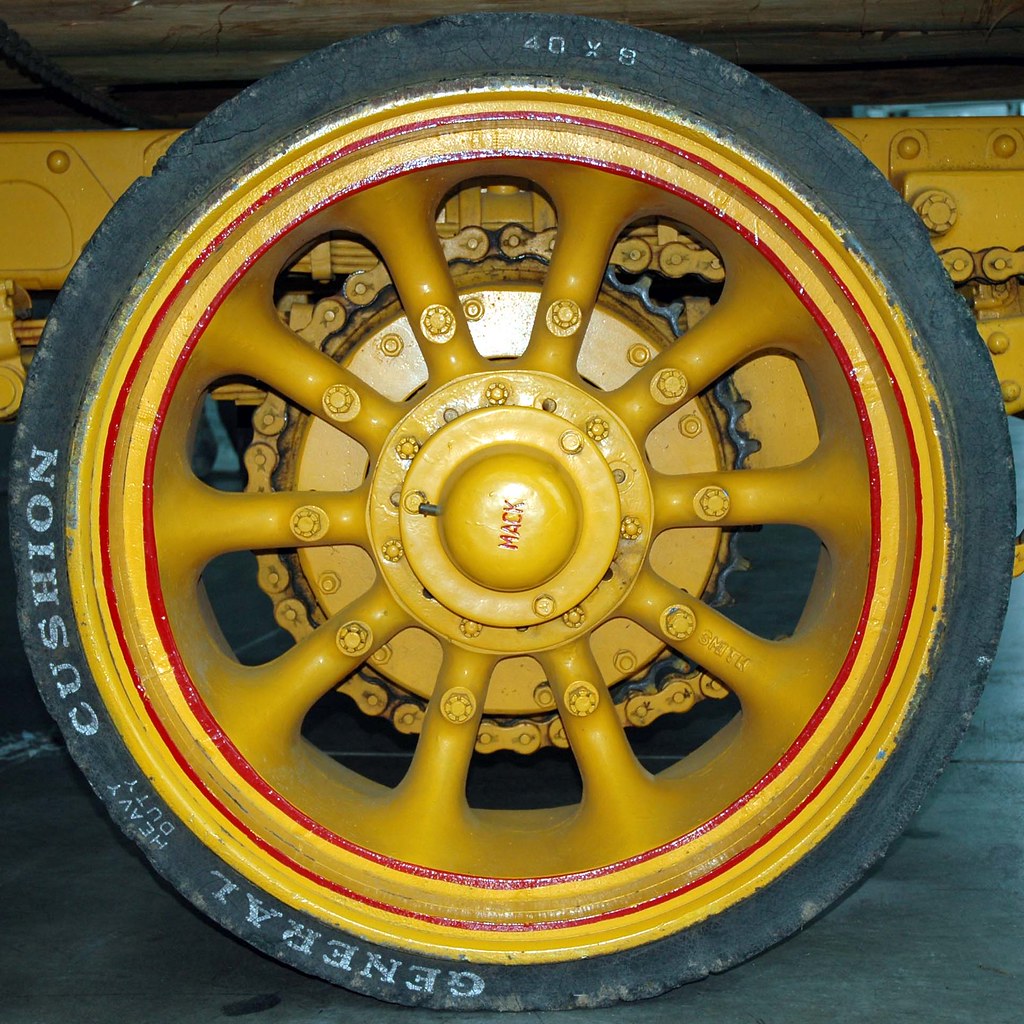
3. **Decoding Tire Tread Patterns for Optimal Contact**A tire’s tread pattern is a sophisticated engineering marvel, specifically designed to optimize surface contact, enhance handling, and modulate road noise. Understanding the distinct categories of tread patterns is fundamental to selecting tires that perform effectively across diverse driving conditions.
The three primary tread pattern types are symmetric, asymmetric, and directional. Symmetric patterns feature uniform tread blocks across the tire, offering versatility and allowing rotation in any direction. These are common on all-season tires, prioritizing comfort and extended tread life for everyday driving.
Asymmetric tread patterns incorporate varied designs on their inner and outer edges. The inner sections typically feature robust blocks for improved wet grip and water evacuation, while the outer blocks are stiffer to enhance dry handling and cornering stability. This design makes them well-suited for performance vehicles requiring balanced capability in mixed conditions.
Directional tread patterns are identified by their arrow-like design, indicating a specific rotation direction. These patterns excel at channeling water away from the tire’s contact patch, significantly improving resistance to hydroplaning in wet weather. Their directional nature, however, limits rotation options. Aligning the tread pattern with your typical driving environment and performance needs is crucial.
Read more about: The Ultimate Guide to Tire Pressure: Unlocking Safety, Savings, and Superior Driving Performance

4. **Ensuring Vehicle Compatibility: The Non-Negotiable Start**The most crucial initial step in selecting any wheel and tire package is verifying its absolute compatibility with your vehicle. This fundamental requirement is vital for ensuring safety, maintaining performance, and preventing potential damage to your car. Vehicle manufacturers precisely engineer their products to function optimally with specific wheel and tire parameters.
Your vehicle’s owner’s manual is the definitive source for factory-specified wheel dimensions, including diameter, width, and other critical metrics. Adhering to these manufacturer guidelines is paramount, as they are based on rigorous testing to guarantee sustained safety and performance. Deviating from these recommendations without expert guidance can lead to serious consequences.
Poor handling, accelerated wear on suspension components, interference with braking systems, or direct damage to your vehicle are all potential risks associated with incompatible selections. Respecting these core compatibility principles is essential to avoid costly errors and ensure a secure driving experience.
Always commence your selection process by consulting your owner’s manual for factory-prescribed dimensions. This establishes a non-negotiable baseline, ensuring that any subsequent customization or upgrade decisions preserve your vehicle’s safety and operational integrity.
Read more about: Navigating the Electric Future: 12 Essential Questions for Savvy Used EV Buyers

5. **Aligning Choices with Your Driving Purpose and Use**Your driving habits and the primary function of your vehicle are pivotal in determining the optimal wheel and tire package. The requirements for a high-performance track car differ significantly from those for a daily commuter or an off-road adventurer. Tailoring your selection to your specific use case maximizes performance, comfort, and durability.
For performance driving enthusiasts, the ideal combination involves lightweight alloy wheels paired with high-performance tires featuring a soft compound. This setup delivers superior wet and dry traction, significantly enhancing grip and responsiveness during dynamic driving and aggressive cornering. Reduced unsprung weight also sharpens acceleration, improves braking, and boosts overall vehicle agility.
Off-roading demands a distinct approach, requiring wider and deeper tires engineered for rugged, unpredictable terrains. These tires provide enhanced traction, stability, and durability essential for challenging environments. Off-road wheels typically prioritize strength and resilience, with reinforced designs capable of withstanding severe abuse. Specialized options like beadlock designs secure the tire bead even when tires are aired down for maximum off-road grip.
For everyday driving, the focus shifts to comfort, fuel efficiency, and all-season capability. All-season tires with suitable tread patterns and robust wheel constructions are often the most practical choice. They offer balanced performance in various conditions—light snow, rain, and dry weather—while durable wheels ensure longevity. Selecting components aligned with your typical driving environment guarantees both satisfaction and practical utility.
Read more about: The Ultimate Off-Road Showdown: 2025 Ford Bronco vs. Land Rover Defender Face-Off

6. **Aesthetics and Design: Personalizing Your Ride**Beyond functionality and performance, the aesthetic appeal of your wheels and tires is a significant consideration for many vehicle owners. Wheels act as a prominent visual element, offering a prime opportunity to customize your vehicle’s appearance and express individual style.
When focusing on aesthetics, consider how different wheel types, colors, and finishes complement or contrast with your vehicle’s existing design. Wheels are available in a vast array of styles, from classic multi-spoke patterns to aggressive, modern interpretations. Finish options are equally diverse, including chrome, polished, various painted colors (e.g., black, silver), and machined, each offering a unique visual texture and reflectivity.
For instance, polished or chrome finishes provide a luxurious or classic look, reflecting light and highlighting intricate wheel details. Darker wheels, such as black, often convey a more aggressive or sporty stance, especially when contrasted with lighter body colors. Machined finishes combine raw metal with polished accents, creating a sophisticated, high-tech aesthetic.
The number of lugs and spokes also influences design. More spokes often enhance strength and aerodynamics, while fewer spokes can offer a more open, visually striking appearance, ideal for showcasing brake components. Utilizing online visualizers, if available, can be extremely helpful for previewing how various wheel styles and finishes will look on your specific car, ensuring your aesthetic choices perfectly match your vision.

7. **Securing the Fit: Bolt Pattern and Center Bore**While wheel size and offset are visually prominent, the bolt pattern and center bore are equally vital, yet often overlooked, specifications for proper wheel fitment. These technical details are fundamental for securely attaching your wheels, maintaining stability, and preventing unwanted vibrations during driving. Neglecting these can lead to serious safety issues and premature wear.
The bolt pattern defines the number of lug nuts required and the diameter of the circle they form (e.g., “5×114.3” means five lugs on a 114.3mm circle). Vehicles typically use 4-, 5-, 6-, or 8-lug patterns. Matching your vehicle’s specific bolt pattern is absolutely essential for secure wheel attachment; an incorrect pattern will either prevent fitment or create a dangerously unstable setup.
Equally important is the wheel’s center bore, the central hole that fits over the vehicle’s hub. For optimal, “hub-centric” fitment, the wheel’s center bore must precisely match the vehicle’s hub diameter. A hub-centric fit ensures the wheel is perfectly centered on the hub, allowing it to bear the vehicle’s weight and forces directly. This precision prevents lateral movement and vibrations that arise if the wheel relies solely on lug nuts for centering.
If a wheel’s center bore is larger than the vehicle’s hub, hub rings can be used to bridge the gap. However, a direct hub-centric fit is always preferable. Improper fitment due to mismatched bolt patterns or center bores can cause persistent vibrations, uneven tire wear, and potentially lead to catastrophic wheel detachment, highlighting their critical importance for both safety and driving comfort.
Moving beyond the foundational aspects, the next phase of selecting your ideal wheel and tire package involves a deeper dive into advanced considerations. This section will equip you with comprehensive insights into material science, financial planning, environmental adaptation, and crucial safety protocols. Understanding these elements is essential for a truly informed decision that optimizes your vehicle’s performance, durability, and overall driving satisfaction.

8. **Evaluating Wheel Material Choices**The material composition of your wheels is a fundamental factor influencing not only performance and durability but also cost. Commonly, wheels are crafted from either aluminum alloy or steel, each presenting distinct advantages and trade-offs that warrant careful consideration. Selecting the appropriate material depends significantly on your driving needs and priorities.
Alloy wheels, typically composed of an aluminum-magnesium alloy, offer a compelling blend of lighter weight and enhanced performance characteristics. This reduced unsprung weight contributes to improved acceleration, more responsive handling, and better braking performance due to superior heat dissipation. While they often carry a higher price tag, the performance benefits and aesthetic versatility, including various finishes, make them a popular choice for many enthusiasts.
Conversely, steel wheels are recognized for their exceptional durability and affordability, making them a cost-effective option for many drivers. Their robust construction makes them particularly suitable for rugged terrains and situations where resilience against impacts is paramount. However, steel wheels are considerably heavier than alloy alternatives, which can adversely affect vehicle handling, fuel efficiency, and overall ride comfort.
For specialized applications, even stronger and lighter materials exist, such as forged aluminum and carbon fiber. While these materials deliver unparalleled strength-to-weight ratios, significantly boosting performance, their high cost often limits them to high-performance vehicles or dedicated track use. Understanding these material characteristics helps align your wheel choice with your vehicle’s intended purpose and your budget.
Read more about: The Ultimate Off-Road Showdown: 2025 Ford Bronco vs. Land Rover Defender Face-Off
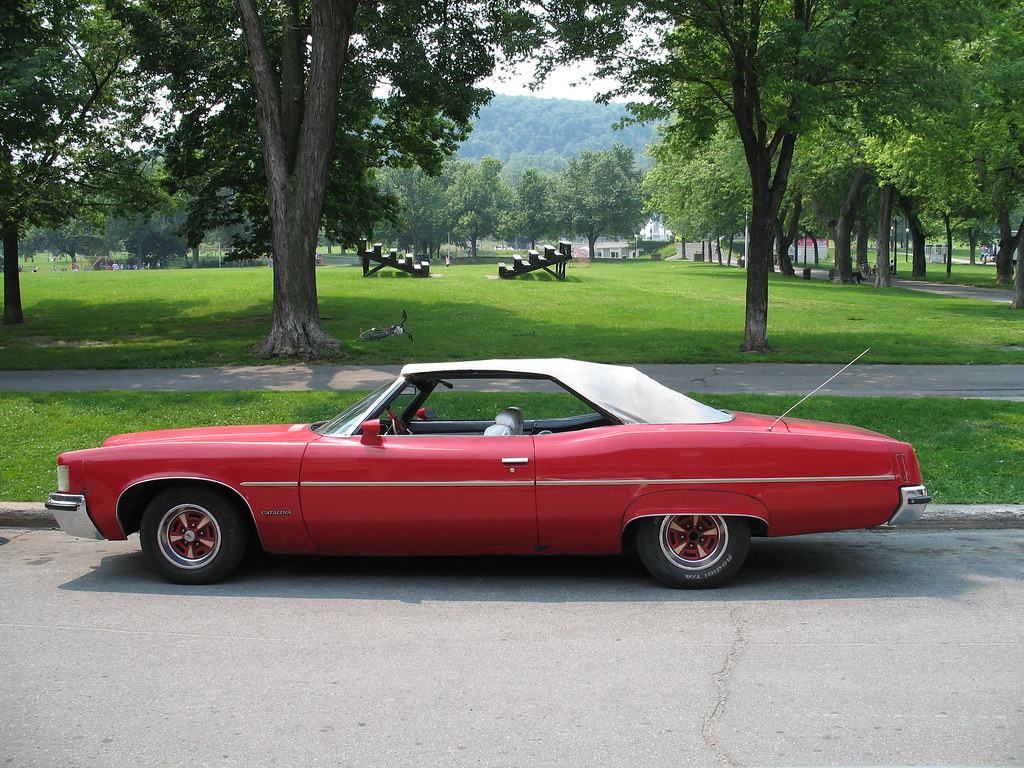
9. **Strategizing Your Budgetary Plan**Effective financial planning is a practical and essential step when investing in a new wheel and tire combination. The market offers a vast spectrum of options, with prices varying widely based on material, brand reputation, design complexity, and performance capabilities. Establishing a clear budget from the outset helps streamline your selection process and prevents overspending.
When setting your budget, it is important to consider not only the initial purchase price but also potential long-term costs. While more expensive, recognized brands often provide superior quality, advanced engineering, and robust warranties, potentially saving money on replacements or repairs down the line. Investigating customer reviews and independent testing results can offer valuable insights into a brand’s reliability and value proposition.
Beyond the cost of the wheels and tires themselves, factor in additional expenses such as installation, balancing, and potential alignment services. Some retailers offer bundled wheel and tire packages that include mounting and balancing, which can be a cost-effective solution. Exploring reputable online retailers can also yield significant savings compared to traditional brick-and-mortar stores.
It is prudent to allocate a portion of your budget for potential future maintenance or unexpected replacements. While it may be tempting to opt for the cheapest options, compromising on quality for critical components like wheels and tires can lead to premature wear, safety hazards, and ultimately, more expensive repairs. A well-planned budget ensures you acquire reliable components without financial strain.
Read more about: Mastering Your Money: An In-Depth Guide to Personal Budgeting for Financial Control and Future Security
10. **Adapting to Climate and Terrain Conditions**The local climate and the typical driving terrain are pivotal factors that must guide your tire selection, ensuring optimal safety and performance. Tires are engineered with specific capabilities designed to excel in various environmental conditions, from scorching dry roads to icy winter landscapes. Matching your tires to these conditions is paramount for maintaining traction and control.
For regions experiencing distinct seasons, a single set of ‘all-season’ tires might suffice for balanced performance in light snow, rain, and dry conditions. However, for areas with harsh winters, dedicated winter tires are indispensable. These tires feature unique rubber compounds that remain flexible in freezing temperatures and aggressive tread patterns designed to grip snow and ice effectively, drastically reducing braking distances and improving handling.
Conversely, for drivers in consistently warm climates, summer performance tires offer superior grip and responsiveness on dry and wet roads at higher temperatures. Their specialized compounds and tread designs are optimized for heat dissipation and maximum contact patch, providing enhanced cornering stability and braking efficiency. Understanding the demands of your climate is key to preventing compromised performance.
For off-road enthusiasts, the terrain dictates the need for specialized tires with aggressive tread patterns, reinforced sidewalls, and robust construction. These are designed to provide maximum traction, stability, and puncture resistance on challenging surfaces like mud, sand, rocks, or loose gravel. Proper selection ensures your vehicle can navigate unpredictable environments safely and efficiently.
Read more about: Unpacking the 2025 Ford Ranger: Why Ford’s Latest Midsize Pickup is the Ultimate Workhorse for Modern Professionals

11. **Understanding Tire Rubber Compounds**The rubber compound used in a tire’s construction plays a critical role in its performance characteristics, directly influencing grip, wear rate, and fuel efficiency. Tire manufacturers meticulously engineer these compounds to achieve a specific balance of attributes, tailoring tires for various driving applications and conditions.
Soft compound tires are formulated to provide superior grip and traction, particularly beneficial for performance driving where maximum adhesion to the road surface is desired. This enhanced grip allows for quicker acceleration, shorter braking distances, and more precise handling during aggressive cornering. However, a trade-off for this exceptional grip is a faster wear rate, meaning these tires typically have a shorter lifespan.
In contrast, hard compound tires are designed for increased durability and longevity, prioritizing extended tread life and improved fuel efficiency. Their tougher composition resists wear more effectively, making them a practical choice for everyday driving and high-mileage commuters. The compromise here is generally reduced grip compared to softer compounds, which can affect performance in demanding situations.
Beyond these two extremes, modern tire technology utilizes complex blends of rubber and synthetic polymers to create compounds that offer a balanced performance. All-season tires, for instance, aim to provide a reasonable level of grip across a wider range of temperatures while still offering acceptable tread life. The specific compound directly impacts how the tire interacts with the road, affecting everything from stopping power to ride comfort.
Read more about: Mastering the Grip: Your Ultimate DIY Guide to Tire Tread Safety in Rainy & Snowy Conditions

12. **Deciphering Load Index and Speed Rating**Two often-overlooked yet critically important specifications for tires are the load index and speed rating. These values are not merely technical details but fundamental safety indicators that ensure your tires can safely support your vehicle’s weight and withstand the speeds at which you typically drive. Ignoring them can lead to dangerous operating conditions.
The load index is a numerical code representing the maximum weight a single tire can support when properly inflated. This rating is crucial for ensuring the tires can adequately bear the full weight of your vehicle, including passengers and cargo, without being overstressed. Overloading a tire beyond its specified load index can cause excessive heat buildup, premature wear, and an increased risk of tire failure, which can be catastrophic at high speeds.
Similarly, the speed rating is an alphabetical code indicating the maximum safe speed at which a tire can be operated for sustained periods under its specified load. Tires with higher speed ratings are constructed with materials and designs that can dissipate heat more effectively and maintain structural integrity at greater velocities. While you may not always drive at these extreme speeds, a tire with an inadequate speed rating for your vehicle’s capabilities can be a significant safety hazard.
Both the load index and speed rating for your vehicle’s original equipment tires are typically found in the owner’s manual or on a placard located on the driver’s side door jamb. It is imperative to always choose replacement tires that meet or exceed these manufacturer specifications. Selecting tires with appropriate load and speed ratings is a non-negotiable aspect of maintaining vehicle safety and ensuring optimal performance.
Read more about: Your Definitive 2025 Guide: What to Check When Buying a Used Electric Vehicle

13. **The Imperative of Professional Installation and Maintenance**Once you have meticulously chosen the perfect wheel and tire combination, the journey is far from over. Professional installation and ongoing maintenance are equally critical steps that determine how well your new setup performs and how long it lasts. Incorrect installation can negate the benefits of even the highest quality components and introduce new safety risks.
Expert mechanics possess the specialized tools and knowledge required to mount and balance your wheels and tires precisely. Proper balancing ensures the wheel and tire assembly spins evenly, preventing vibrations that can lead to an uncomfortable ride, premature tire wear, and stress on suspension components. Correct mounting also guarantees that the tire beads are seated properly on the wheel rim, preventing air leaks and ensuring consistent pressure.
Beyond installation, consistent maintenance routines are vital. This includes regularly checking tire pressure to factory specifications, which impacts everything from fuel efficiency and handling to tire longevity. Additionally, routine wheel alignments ensure that all four wheels are pointing in the same direction and are perpendicular to the ground, preventing uneven tire wear and maintaining proper steering response.
A crucial post-installation step is to re-torque the lug nuts after driving approximately 50 to 100 miles. This accounts for any initial settling of the wheels and ensures they remain securely fastened to the vehicle’s hub. Regular checks of lug nut torque, as per manufacturer guidelines, should become a standard part of your vehicle maintenance schedule to ensure ongoing safety and prevent wheel detachment.
Read more about: Navigating a Total Loss: Your Comprehensive Consumer Guide to Car Accidents and Insurance Settlements

14. **Crucial Warnings Against Mixing Incompatible Components**The practice of mixing incompatible wheel and tire components is a serious safety concern that can lead to unpredictable vehicle behavior, premature wear, and even catastrophic failure. While personalization is appealing, understanding and respecting the precise engineering behind your vehicle’s design is paramount.
Mixing tire sizes, for instance, is highly discouraged. Your car’s sophisticated systems, including ABS and traction control, rely on consistent rotational speeds from all four wheels. Different tire sizes will result in varying rotational speeds, confusing these systems and potentially leading to erratic braking, compromised stability, and error codes. It is analogous to trying to run a marathon with two different shoe sizes – uncomfortable and inefficient at best, dangerous at worst.
Similarly, combining different wheel types, such as steel and alloy wheels, on the same vehicle can introduce significant discrepancies in weight, strength, and structural characteristics. These differences can create an imbalance, affecting handling, suspension dynamics, and leading to uneven wear on suspension components and tires. Each wheel material performs distinctly, and mixing them can confuse your vehicle’s engineered balance.
Moreover, mixing tire tread types—such as directional rain tires with all-season patterns—or pairing new tires with significantly worn old ones can dramatically impact grip levels and handling predictability. Different tread designs offer varying levels of traction in wet, dry, or snowy conditions, and inconsistent grip across axles makes driving perilous. For optimal performance and safety, always aim for uniformity in your wheel and tire setup.
Read more about: Engine Enemies: The 13 Worst Fluids You Should Never Mix in Your Car’s Vital Systems

15. **Leveraging Modern Fitment Tools for Precision Selection**In today’s automotive market, the complexity of wheel and tire selection has been significantly streamlined by advanced fitment tools, such as the ‘TreadMatch Fitment Matrix’ offered by Performance Plus Tire. These modern digital aids empower consumers to make precise, compatible choices without needing extensive technical knowledge beforehand.
These innovative systems typically begin by having you input your specific vehicle details: make, model, and year. This initial input automatically pulls up essential factory specifications like the correct bolt pattern, ideal diameter range, and appropriate offset. This data-driven approach immediately filters out incompatible options, drastically reducing the margin for error and simplifying the initial selection phase.
What distinguishes advanced fitment tools is their ability to guide you further by allowing you to specify your desired wheel type, whether it’s for custom aesthetics, lightweight performance, or rugged off-road durability. For instance, a system might offer options for OEM size, custom wheels, or tuner wheels for a sport compact, or off-road wheels with considerations for lift kits on a truck. This ensures the presented options align perfectly with both your vehicle’s build and your personal driving goals.
Ultimately, these tools simplify the entire purchasing journey. Once a wheel is chosen, the system can automatically pair it with compatible tires, ensuring correct size, load rating, and speed rating. This integration often allows for bundling wheels and tires into a single package, which frequently arrives mounted and balanced. Such guided processes guarantee proper fitment, enhance safety, and eliminate the guesswork, allowing you to check out with complete confidence.
Read more about: Your Ultimate Guide: The 10 Best Tires for Seamless Long-Haul Road Trips
Choosing the right wheel and tire combination is more than just an upgrade; it’s a critical decision that influences every aspect of your driving experience. By methodically evaluating materials, budgeting wisely, considering environmental factors, and understanding the nuances of rubber compounds, load indices, and speed ratings, you can make choices that truly enhance your vehicle. Moreover, prioritizing professional installation, consistent maintenance, and avoiding mismatched components ensures both safety and longevity. Leveraging modern fitment tools further empowers you, transforming a complex task into a confident, informed decision. Invest the time to choose wisely, and your vehicle will reward you with optimized performance, unwavering safety, and a ride that perfectly aligns with your aspirations. Its journey will be smoother, safer, and undeniably more enjoyable.

